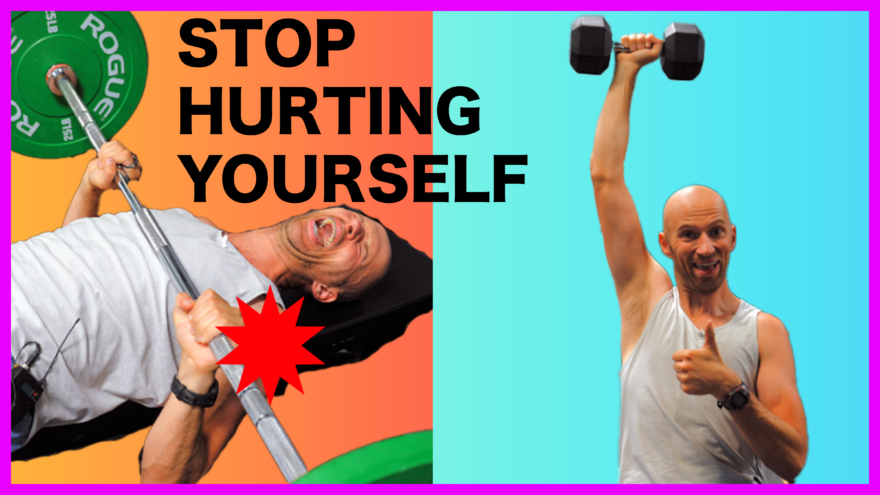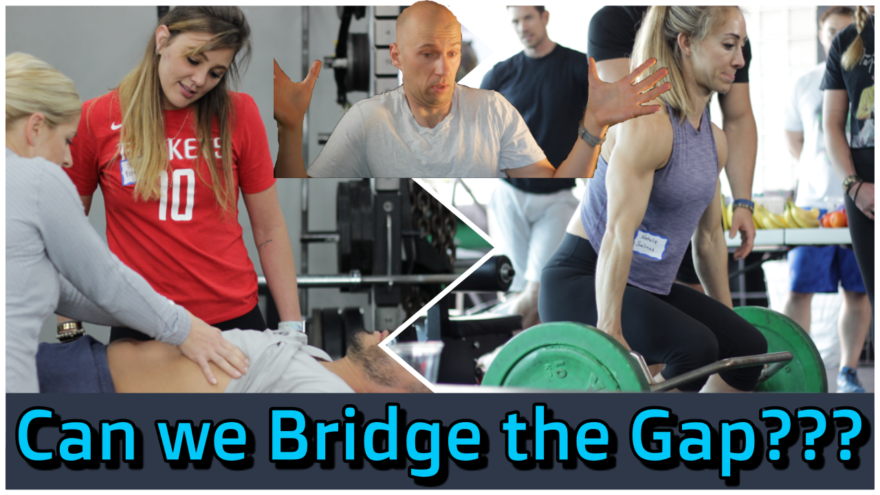How doing less can actually help you move more Have you ever tried to rehab someone in pain, but their progress continues to stall because they keep doing activities that cause problems? You know, the person who continues to get in their own way? Although maintaining a physically active lifestyle is important for one’s health and wellbeing, some activities can be counterproductive during the rehab process. The cure can become the poison. What are we to do? Stop moving and breathe on the ground FOREVER? No. God…no. Instead, we want to couple a stellar rehab program with activity modification, choosing activities that complement or enhance the rehab goal as opposed to getting in the way. In today’s post, I’m going to show you the following: Why activity modification is ESSENTIAL for a successful rehab, How NOT modifying activities can create a failure in patient outcomes the 3 ways I modify activities to SPEEDILY help some achieve pain-freedom How to help patients and clients buy-in to temporarily stopping the tasks they may love, but get in the way. Sound useful? Check out the video and post below to learn more.
Read More
